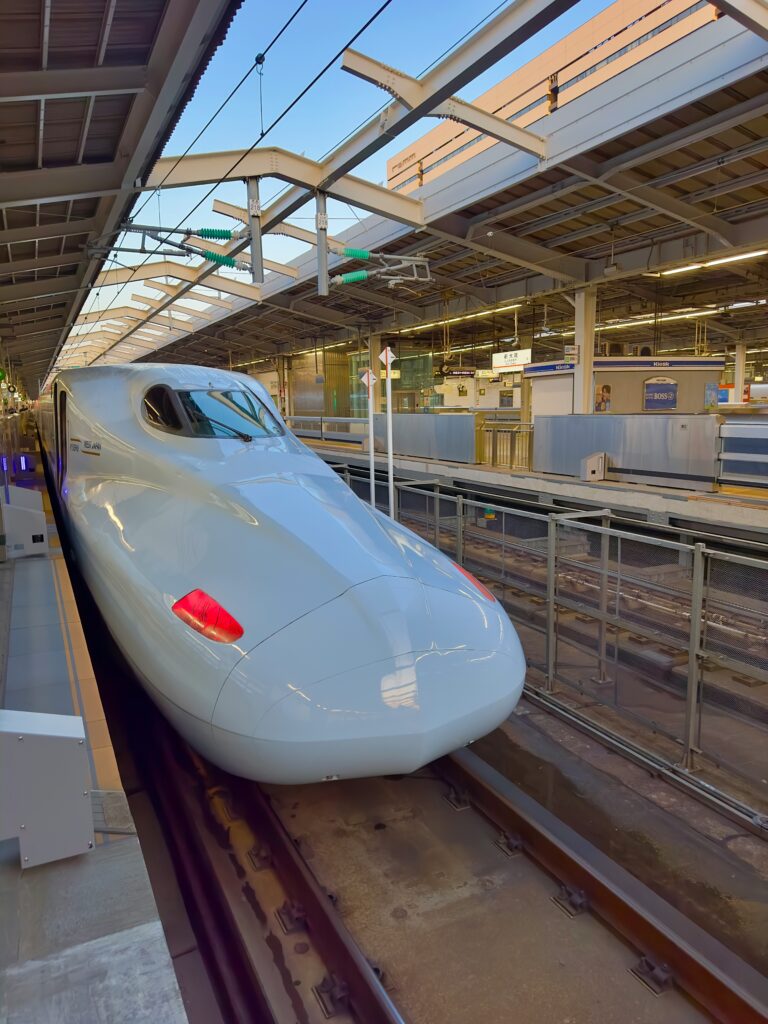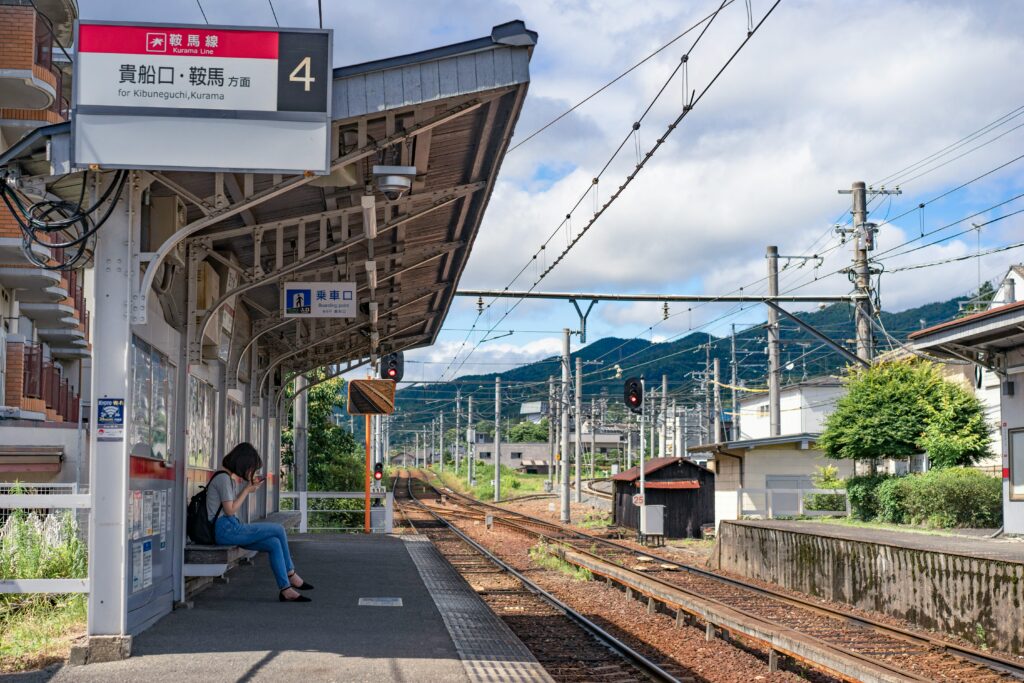While the Japan Rail Pass is commonly thought to be hands-down the best–and least expensive–way to travel around Japan, that’s not always the case.


But first, let’s cover some basics for those unfamiliar with the Japan Rail Pass (also known as the JR Pass).
The JR Pass is a special rail pass available to internationals living in or visiting Japan. Although there are some exceptions, you can use the pass to basically travel anywhere in Japan and as many times as you want, on both local and express trains, as well as the shinkansen (bullet trains).

Prices can fluctuate so I always recommend checking the official website (linked at the end) but as of October 2024, here are the categorizations.
7-day ticket
- Standard Class: 50,000 yen for adults / 25,000 yen for children (ages 6 to 11)
- Green (First) Class: 70,000 yen for adults / 35,000 yen for children (ages 6 to 11)
14-day ticket
- Standard Class: 80,000 yen for adults / 40,000 yen for children (ages 6 to 11)
- Green (First) Class: 110,000 yen for adults / 55,000 yen for children (ages 6 to 11)
21-day ticket
- Standard Class: 100,000 yen for adults / 50,000 yen for children (ages 6 to 11)
- Green (First) Class: 140,000 yen for adults / 70,000 yen for children (ages 6 to 11)
Standard Class is perfectly comfortable, but if you prefer luxury then Green Class is the way to go.
So why is the Japan Rail Pass not always the best option?
Let’s have a look at a couple of examples.
- Scenario: You’re traveling during peak season

During major national holidays–when domestic travel spikes significantly–train tickets can often sell out.
One of the few problems with the JR Pass is that it does not let you make any train or seat reservations until after you have arrived in Japan.
So if you’re traveling during one of Japan’s busiest travel seasons like Golden Week, Obon or during cherry blossom season, it may actually be more convenient for you to pre-reserve seats and tickets before you arrive in Japan.
While this is not strictly necessary, it may be more comforting to have the peace of mind before you arrive in Japan.
2. Scenario: Your travel route doesn’t justify the rail pass

To put it simply, the JR Pass doesn’t always save you money.
For example, let’s imagine that you’re flying into Tokyo, taking the bullet train from there to Kyoto, and then flying home from Osaka (near Kyoto). In this case, with only one long-distance bullet train trip, it’s likely that the Japan Rail Pass would work out to be more expensive.
While it’s true that the JR Pass lets you ride local trains within cities such as Tokyo and Kyoto, the relatively low costs of these short rides may not be enough to justify the Rail Pass in this kind of scenario.
3. Scenario: You prefer the simplest solution

As mentioned above, one of the few drawbacks of the JR Pass is that you cannot make seat and ticket reservations until *after* you’ve arrived in Japan.
While this isn’t always a huge nuisance, it can take some quality time away from your trip.
With the JR Pass, after you’ve arrived in Japan, you need to set aside some time (as little as 15 minutes, as much as 30 to 45 minutes or more) to visit a JR ticket counter, where you need to exchange your voucher for the actual, official JR Pass.
Only after you’ve done this can you begin making train and seat reservations!
On the other hand, if you make your seat reservations in advance (which can be done online through travel agencies), they can usually deliver your train tickets directly to your first hotel–zero hassle.
Conclusion: To JR Pass or not?
